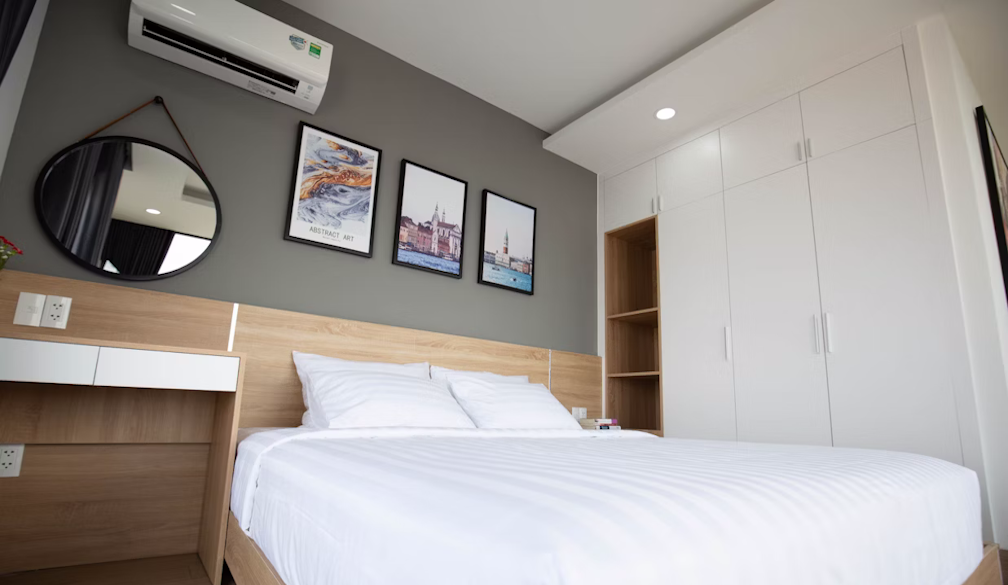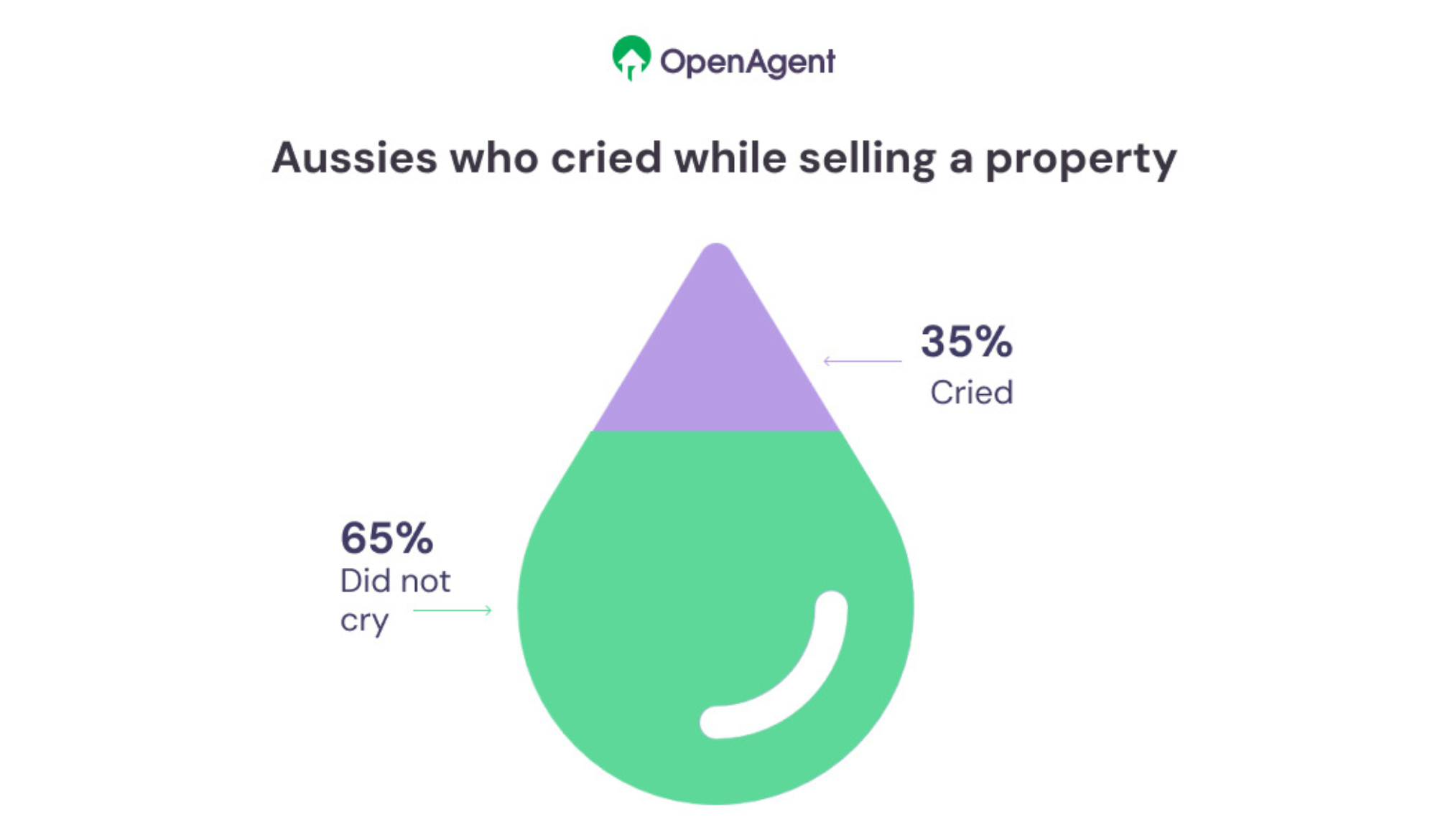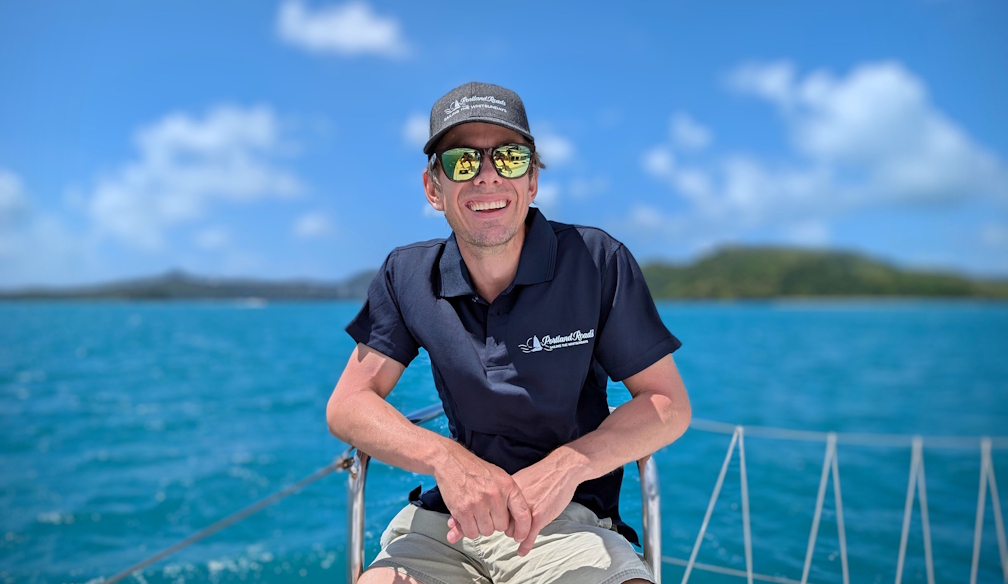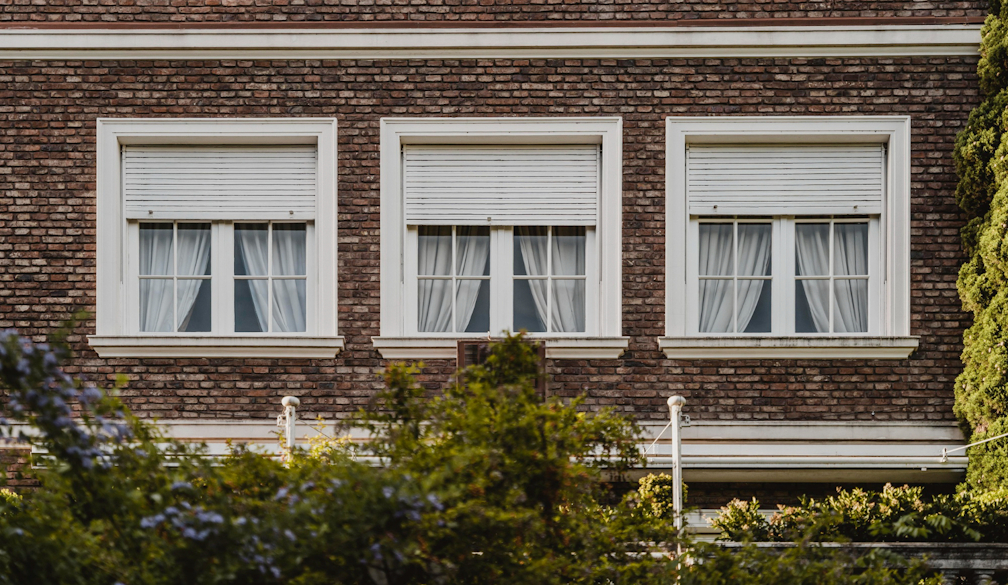Friday essay: the Australians who pioneered self-sufficiency, generations before Nimbin
- Written by Rachel Goldlust, Phd candidate in environmental history, La Trobe University
The term “self-sufficiency” commonly evokes images of communes, yurts and 1970s hippies, most likely living off the land in northern New South Wales. More recently, it has been linked to an explosion of interest in solar powered “off-grid” living, tiny houses, ethical food networks and complementary health practices, along with a hipster-driven return to the artisanal and hand-made.
But these are just a small part of a much larger story. Australians have, in fact, dreamt of going back-to-the-land since the latter part of the 19th century. Those who embraced an ethic of self-sufficiency included anarchists, suffragists seeking opportunities for unemployed women, Catholic agrarians wanting to nurture both the soul and the soil, and a grassroots collection of organic farmers trying to bring attention to “Mother Earth”.
Each of these pioneers looked beyond “unhealthy” cities to the land as a source of salvation, seeking answers and alternatives to some of the problems of industrial modernity, and sharing in a vision of “the good life”.
A century before today’s ‘off-grid’, tiny house fans, Australians sought solace by going back to the land. shutterstockDirty, corrupt cities
The story begins in the late 19th century when urban reformers across North America, England, Europe and Australia started to identify a decline in societal values and standards, sparked by economic insecurity and rapid social change. With growing anxiety around “dirty and corrupt” cities, a transported image of the English “rural idyll” became a ready source of inspiration.
In Australia, this idea was equally shaped by the romance of bush ballads, alongside the popular landscape art movement. But rather than simply gaze at the landscape or go bush-walking on weekends, a number of urban Utopians wanted to get back to nature, hoping to reimagine and reconstruct society.
David Andrade was one of them. Born to Jewish merchants in Collingwood in 1859, he grew up with an acute sensitivity to the inequalities he saw around him. After co-founding the first Anarchist Club in Australia and spending years publishing and speaking across Melbourne, Andrade came up with a bold vision he called “Social Pioneering”. It envisaged opening up “agricultural, pastoral and industrial pursuits” for people with no access to land, bringing them closer to nature and basic subsistence living to avoid the dangerous economic fluctuations of the market.
David Andrade pictured in the 1890s. www.marxists.org/glossary/people/a/n.htmIn 1893, during a worsening economic depression, Andrade established “Liberty Hall” in central Melbourne. This radical venture housed a progressive “bookery”, the earliest vegetarian restaurant and hosted numerous lectures on topics like socialism, mesmerism, vaccination, free thought and spiritualism.
Andrade laid out plans for a co-operative community called “Freedom” on Lake Boga along the Murray River as an “enlightened salve for poor city wage-slaves”.
However, with little support for such a wild venture, in 1894, he and his wife Emily instead moved to the newly opened settlement of Sassafras in the nearby Dandenong Ranges with their three children, and a fourth on the way. Under a government scheme known as Village or Closer Settlement, which opened up large tracts of arable but often difficult land to the urban unemployed, the Andrades were among thousands who looked to small-scale farming on small rural “homesteads”.
Sadly their dream of agricultural independence and collective Utopia remained elusive. In 1897, devastating fires burnt out the settlement. David was committed to Yarra Bend Lunatic Asylum soon after with his “reason having been broken down”. Emily and the children were forced to move back to the city and much of the radicalism of Andrade’s pioneering ventures soon faded.
Still, many others continued to battle capricious natural elements, poor soils, and the harsh realities of making a living from the land, buoyed by the potential of subsistence agriculture and the autonomy of working for oneself.
Womanly but not weak
While it was acceptable for both urban and rural women to garden domestically, it was hard for women to make a living from their gardens in the cities. Away from city dwellers’ conventions and expectations, they had more luck.
Horticulture for Ladies. The Australasian, 18 Feb, 1899. The AustralasianIn December 1892, suffragist Mary Sanger Evans began promoting silk growing, or sericulture, as an ideal vocation for “womanly agriculture” pursuits as the Depression set in. Defying the view that “real men do real farming”, sericulture was promoted as a feminine practice. Soon after, Evans formalised her ideas into the Women’s Cooperative Silk Growing and Industrial Association. It had a charter to
open up new fields of productive industry for workless women of all classes, from the refined gentlewoman, thrown perhaps suddenly to depend on her own exertions, to the factory girl or motherless waif – industries healthful and elevating, and, if properly carried out, highly profitable – all of them too, productive from the soil direct.
With the support of prominent women such as the wife of NSW Governor Robert Duff, the organisation purchased a 44-acre farm lease at Wyee, north of Sydney. They called it “Wirawidar”, the Indigenous name for “woman’s ground”. Continuing to farm until 1901 during drought and difficult economic conditions, their efforts inspired urban women to look away from the cities towards the power of the soil.
With the support of her brother Justice Henry Higgins, suffrage activist Ina Higgins also realised that women could gain “autonomy and freedom” from a rural smallholding. After years agitating for a course to be made available for women at the Burnley Horticulture College, Ina became one of its first graduates in 1900. She then became Australia’s first professional female landscape gardener.
With the support of fellow suffrage and peace activists Vida Goldstein, Adela Pankhurst and Cecilia Ann John, Ina set up a farm in Mordialloc on the fringe of metropolitan Melbourne in 1913. Members of the Women’s Rural Industries Cooperative worked variously in an orchard, a nursery, raising poultry and horses, bee-keeping, and growing flowers and vegetables. Like Wirawidar, it was established for single or divorced women to provide for themselves, their children, and earn an income.
Ina Higgins in the garden at ‘Killenna’, 1919. Palmer Papers, National Library of Australia, PIC Album 885/7 #PIC/P778/562Paying no attention to class or dress dictums, they scandalised the public with their “rational dress” of a “brown knickerbocker suit.” While Higgins gave instruction on horticulture, the press reported that one co-op member, Cecelia John, was “as good as a man” since she could “drive a car, paint a house, erect poultry sheds, and [is] planning on turning a corner of the big barn into a bathroom at the least expense.”
With only six permanent workers, the farm managed to survive and succeed until the end of the war, but failed due to lack of capital and shortages of water. Higgins later continued educating young women in horticulture at Dookie Agricultural College, and paved the way for future “women of the soil” such as renowned landscaper Edna Walling.
The gospel of simplicity
During the 1930s a “lure of the pastoral” found popular resurgence through a nation-wide Country Life Movement. It united public and political sentiment, reaffirming the moral and political superiority of rural areas and small towns.
Within this push, aspiring political activist Bob Santamaria helped launch the National Catholic Rural Movement in 1938. He advocated for a form of “cottage Catholicism” within a new social order that was neither capitalist nor communist, but would bring the “countryside back to Christ”. The movement believed that in order to find the “true” source of one’s religious being, one had to embrace “honest, wholesome toil”.
Out of these ideas emerged the agricultural community of Whitlands. Established in 1941 near the base of Victoria’s Mount Buffalo, it celebrated the “dignity of manual labour” within a strong monastic tradition. By the end of the war, its valiant and charismatic leader Ray Triado had attracted dozens of young urban Catholics – men, women and their families – away from their comfortable city lives.
An acclaimed track athlete, and later an associate to a High Court Judge, at 30, Triado traded this world for a life of hunting, building and farming. A troubadour and storyteller, his community was built around simple daily rituals, of song, prayer and work. Numbering a few dozen in its later years, a variety of people were drawn to create a “world of the village around and permeated by God’s presence.”
Ray Triado in the 1940s. Graeme ButlerWhitlands quickly became notorious amongst Melbourne’s high society for its radical departure from comfortable, conventional Catholicism, and its rejection of the materialistic culture of modern Australia. Some, such as regular visitor and journalist Niall Brennan supported the program and reported in the Catholic press of male “monks” in overalls, working shirts and shorts who “chanted Matins, Lauds and Prime, milked cows, cut wood and lit fires”.
Single women were also drawn to the farm as they saw a vital opportunity to escape the monotony of urban domesticity. Though the women maintained separate living quarters, such a scandalous situation led to calls from within Catholic institutions to dissolve the community.
The chapel at the old Whitlands site, which survives today. Author providedIn 1950, a dozen dedicated Whitlands members made a “pilgrimage” of over 250km from the farm to Melbourne to petition Archbishop Mannix against its closure. They succeeded in keeping the farm open – but the early idealism was soon lost. Many members moved on, while a few families settled nearby.
Soil and Civilisation
Long before the rise of the modern environment movement, farmer Elyne Mitchell (author of The Silver Brumby) published Soil and Civilisation in 1946. This book was an early attempt to explain to Australians the importance of the connection between human and ecosystem health. In addressing problems facing industrial agriculture and society at large, she wrote that, divorced from his roots, (i.e the earth) “man loses his psychic stability.”
Soil was at the heart of many later self sufficiency movements. shutterstockHer sentiment echoed a growing movement of farmers across southern Australia that had united from the mid-1940s through the Living Soil Association in Tasmania, Australian Organic Farming and Gardening Society of NSW and the Victorian Compost Society.
Drawing on the work of British organic pioneers such as Lord Albert Howard, they argued that all organic wastes, such as plant matter and animal manure, must be returned to the soil to decay and replenish soil humus. They also felt that nature’s “law of return” could be used as a model to alleviate some of the problems faced by ever growing, all consuming cities.
Editions of the Organic Farming Digest from the late 1940s. Author providedChallenging the dominant vision of agricultural progress, particularly the use of artificial fertilisers and chemical pesticides, the organic growers looked to the model of the small, family farm for salvation. Though not strictly a call “back-to-the-land” since many were already farming, or working their suburban gardens, these campaigns encouraged ordinary people and producers to consider the origins of their food, and contemplate the wider outcomes of its production.
Banner for Victorian Compost News, March 1950. Author providedMichael J. Roads was one of these early proponents. He had moved from England to Tasmania in 1963 with his family. After years farming cattle, Roads saw how problems of greed, the rapid commercialisation of life, and a spiral of harmful farming practices were affecting both individuals and society as a whole.
In 1970 he published A Guide to Organic Living in Australia. It reflected on a growing movement “back to the earth” seeking solace in the bush and the simplicity of self-provision. In it, he shared his own story of spiritual transformation that had occurred when he began to revere the power of nature.
Spreading his message that nature, the soil and human happiness are inextricably linked, Roads continues to publish, travel the world, and teach others the insights he learned as a small farmer on a secluded mountain in Tasmania.
Roads was joined soon after by Bill Mollison and David Holmgren who transformed this philosophy into the practice of Permaculture. In turn, it helped motivate the counter-cultural movement as growing food organically for self-sufficiency became a critical way to rebel and achieve social change.
The 1973 Nimbin Aquarius Festival established self-sufficiency as central to its political and social doctrine. From this point on, personal self-sufficiency was seen as a means of survival, but also of achieving broader political, social and environmental reform. It continues to stand for a way of reducing consumption, getting back to basics, engaging with DIY projects, using renewable energies, and fostering community networks today.
Rachel Goldlust does not work for, consult, own shares in or receive funding from any company or organization that would benefit from this article, and has disclosed no relevant affiliations beyond their academic appointment.
Authors: Rachel Goldlust, Phd candidate in environmental history, La Trobe University





















